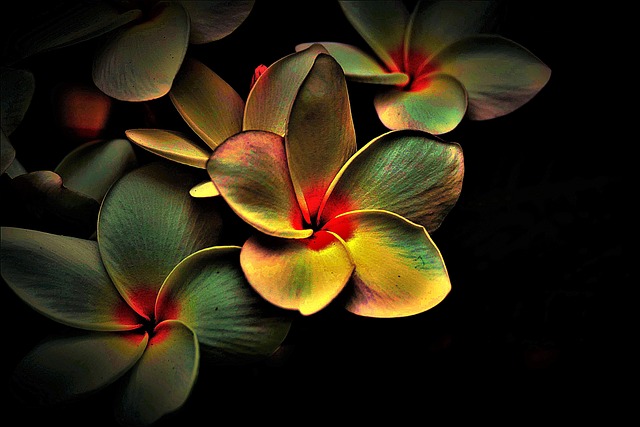Abstract art is a powerful manifestation of creativity, capturing the essence of emotion and perception while transcending the confines of reality. This genre within fine arts invites both artists and viewers to engage in a dialogue that is contemplative and expressive. Abstract painting allows for a unique exploration of culture and identity, reflecting personal experiences through color, shape, and form. Each brushstroke becomes a testament to the artist’s inner thoughts, often evoking feelings too complex for words.
Throughout history, abstract art has evolved alongside cultural movements, mirroring societal changes and technological advancements. The 20th century, in particular, bore witness to a profound shift in artistic expression as pioneers like Wassily Kandinsky and Jackson Pollock redefined artistic boundaries. Their works emphasized the emotional depth and personal interpretation that abstract paintings could evoke. This evolution has opened new channels for experiencing art, wherein the viewer’s imagination plays an integral role in the narrative conveyed by the painting.
Culture is deeply intertwined with abstract art; it is an ever-changing reflection of our collective identities. In this context, abstract paintings are not just visually appealing but also culturally significant. They encapsulate the zeitgeist of their time, inviting audiences to ponder the meanings behind the splashes of color and disjointed shapes. Each painting carries hints of the socio-political landscape, personal heritage, and cultural shifts that define an era.
Engaging with abstract art fosters a connection that is both intellectual and emotional. Viewers often find themselves standing before a canvas, mesmerized by the interplay of lines and colors, each eliciting a different response. This experience can transcend the boundaries of language and cultural differences, tapping into universal emotions that bind us as humans. The beauty of abstract painting lies not solely in its aesthetic appeal but in its ability to provoke thought and inspire introspection.
Moreover, abstract paintings invite you to step beyond the constraints of realism. For many, they serve as a mirror reflecting personal struggles, dreams, and the chaos of daily life. In an ever-changing world, the abstract can provide solace, allowing one to escape into a realm of imagination and creativity. The potential for individual interpretation offers a form of liberation, permitting viewers to derive their meanings of beauty and truth from what resonates with them personally.
In the vibrant world of fine arts, abstract painting stands as a testament to freedom of expression and creativity. It challenges us to embrace ambiguity and explore the myriad feelings it evokes. So, the next time you encounter an abstract piece, take a moment to immerse yourself in its colors and forms. Allow yourself to feel, reflect, and create your interpretations. In the end, abstract art not only enriches our culture but also enhances our understanding of ourselves and the world around us.




